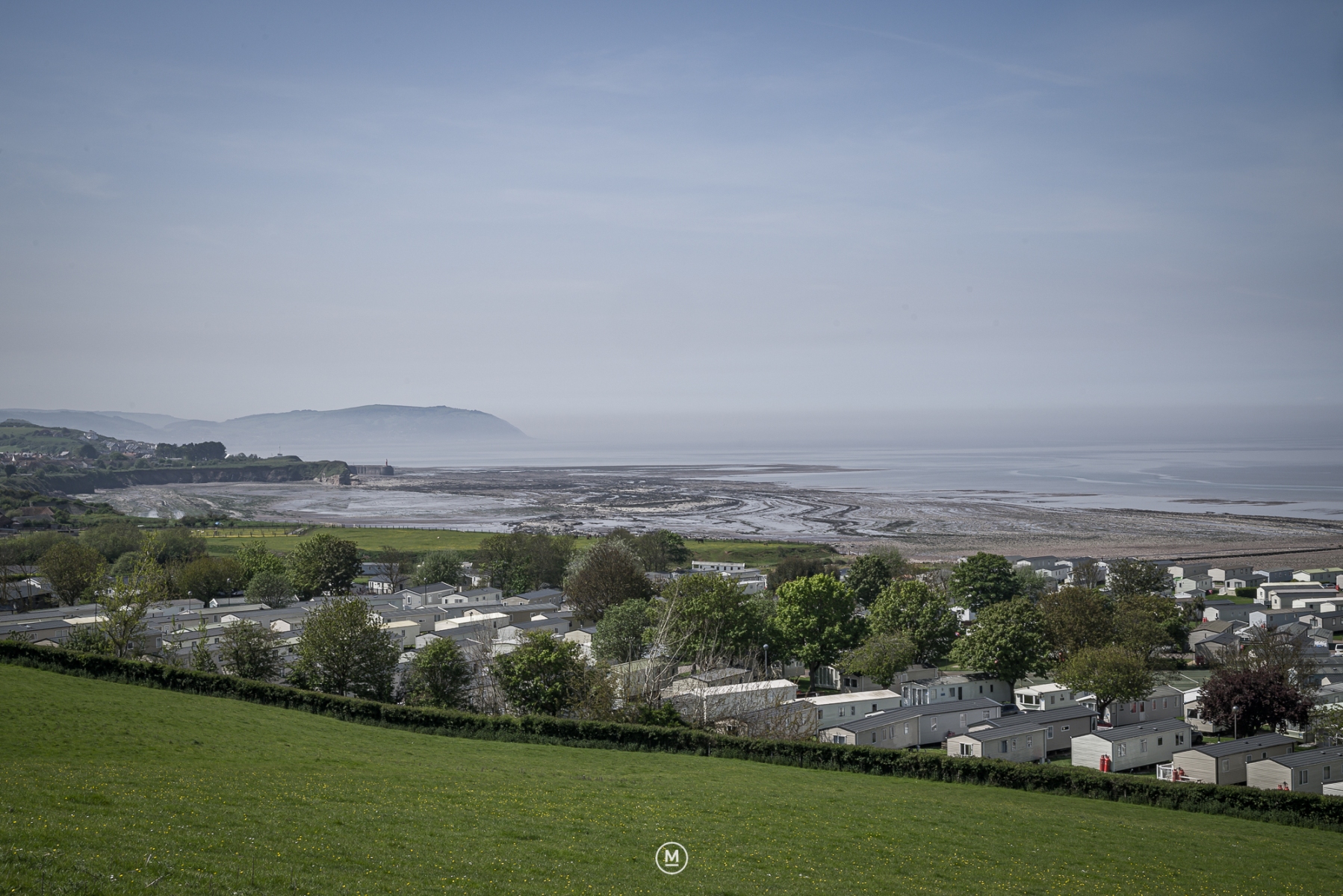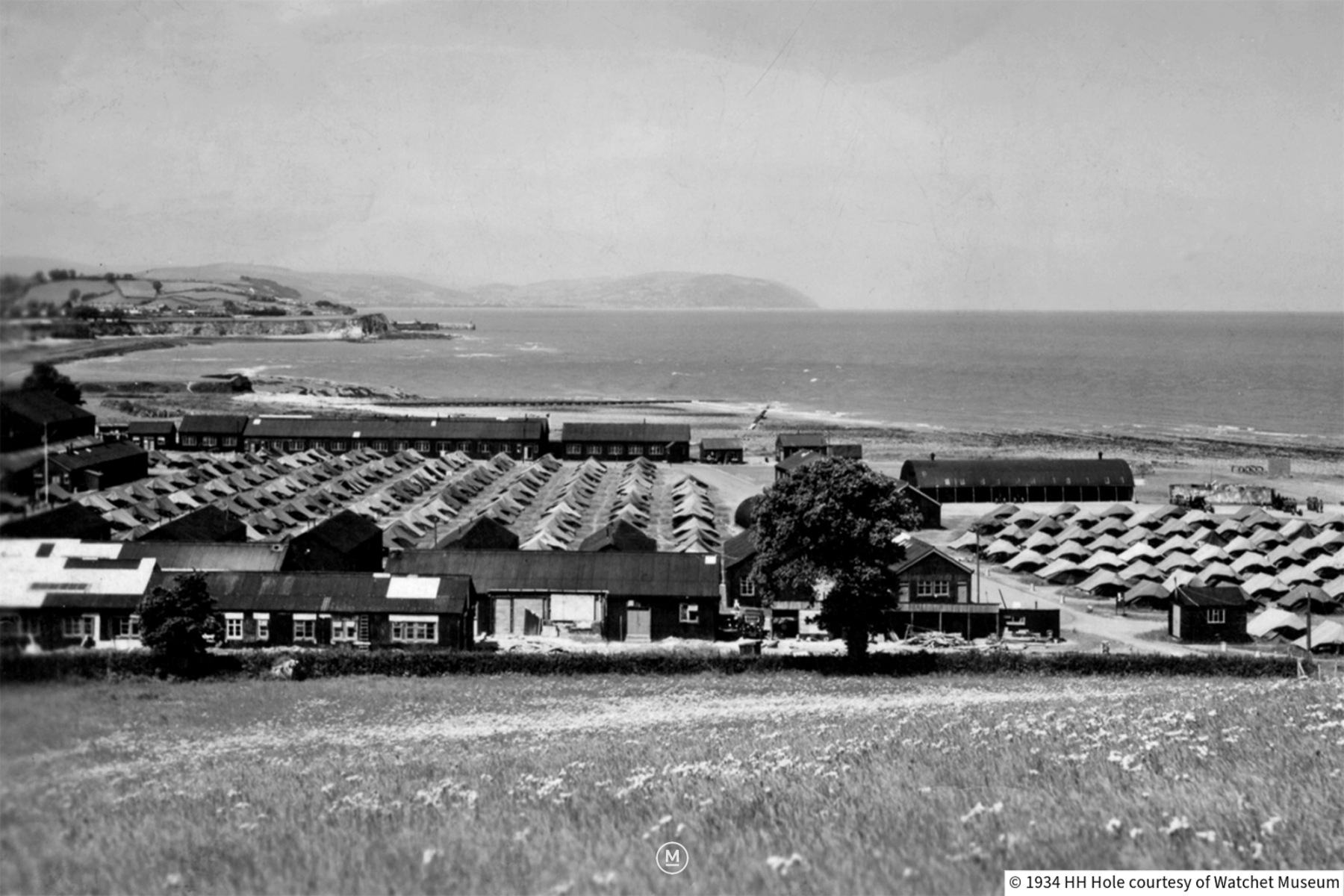Doniford Camp, nestled in the idyllic Doniford Bay on the Somerset coast of England, stands as a testament to the profound transformations that occurred during the tumultuous era of the Second World War. This coastal area, once a serene landscape of rolling hills and picturesque shores, became a vital hub in the defence strategy of the United Kingdom against the Axis powers. As the war unfolded, Doniford Camp played a pivotal role in housing and training troops, evolving from a tranquil retreat into a bustling centre of military activity.
Prior to the outbreak of World War II, Doniford Bay was primarily known for its natural beauty and as a popular destination for holidaymakers seeking respite from the rigours of everyday life. The tranquil atmosphere and stunning vistas made it an ideal location for leisure activities, attracting visitors from far and wide. However, the onset of hostilities in 1939 ushered in a new era for Doniford, as its strategic significance became increasingly apparent.
In response to the growing threat posed by Nazi Germany, the British government embarked on a massive military mobilization effort, transforming civilian spaces into military installations virtually overnight. Doniford Camp emerged as one such site, repurposed to serve as a training facility for soldiers preparing to join the fray. The peaceful surroundings of the bay now echoed with the sounds of marching feet and military drills as troops honed their skills in preparation for the challenges ahead.
Throughout the war years, Doniford Camp played a crucial role in the defense of the realm. Its strategic location along the coast made it an ideal staging ground for amphibious operations and coastal defence manoeuvres. Troops stationed at the camp underwent rigorous training in infantry tactics, amphibious assault techniques, and other essential skills needed for combat in diverse environments. The camp’s proximity to the Bristol Channel also made it a key observation post for monitoring enemy activity at sea.
As the war progressed, Doniford Camp expanded to accommodate the growing demands of the military. Temporary barracks and training facilities sprang up across the landscape, transforming the once-tranquil bay into a bustling military enclave. The camp became a hive of activity, with soldiers coming and going as they prepared for deployment to theatres of war around the globe.
The impact of the war on Doniford Bay extended beyond the confines of the camp itself. The surrounding topography also underwent significant changes, as coastal defences were bolstered to repel potential enemy incursions. Pillboxes, bunkers, and other fortifications dotted the landscape, serving as grim reminders of the looming spectre of conflict.
Despite the upheaval wrought by war, the spirit of resilience and determination prevailed among the residents of Doniford Bay. They rallied together in support of the war effort, offering hospitality and assistance to the troops stationed in their midst. The bonds forged during those trying times would endure long after the guns fell silent, serving as a testament to the indomitable human spirit in the face of adversity.
In the aftermath of World War II, Doniford Camp reverted to civilian use, its military facilities gradually dismantled as the nation embarked on the path to reconstruction and recovery. Today, the echoes of the past linger amidst the tranquil beauty of Doniford Bay, a poignant reminder of the sacrifices made and the lives forever changed by the crucible of war.





